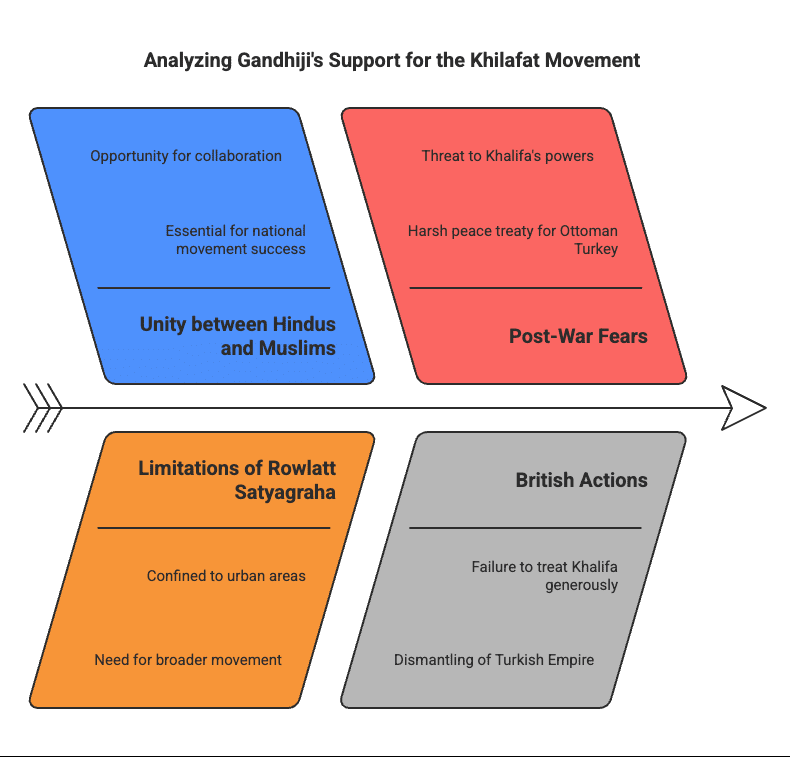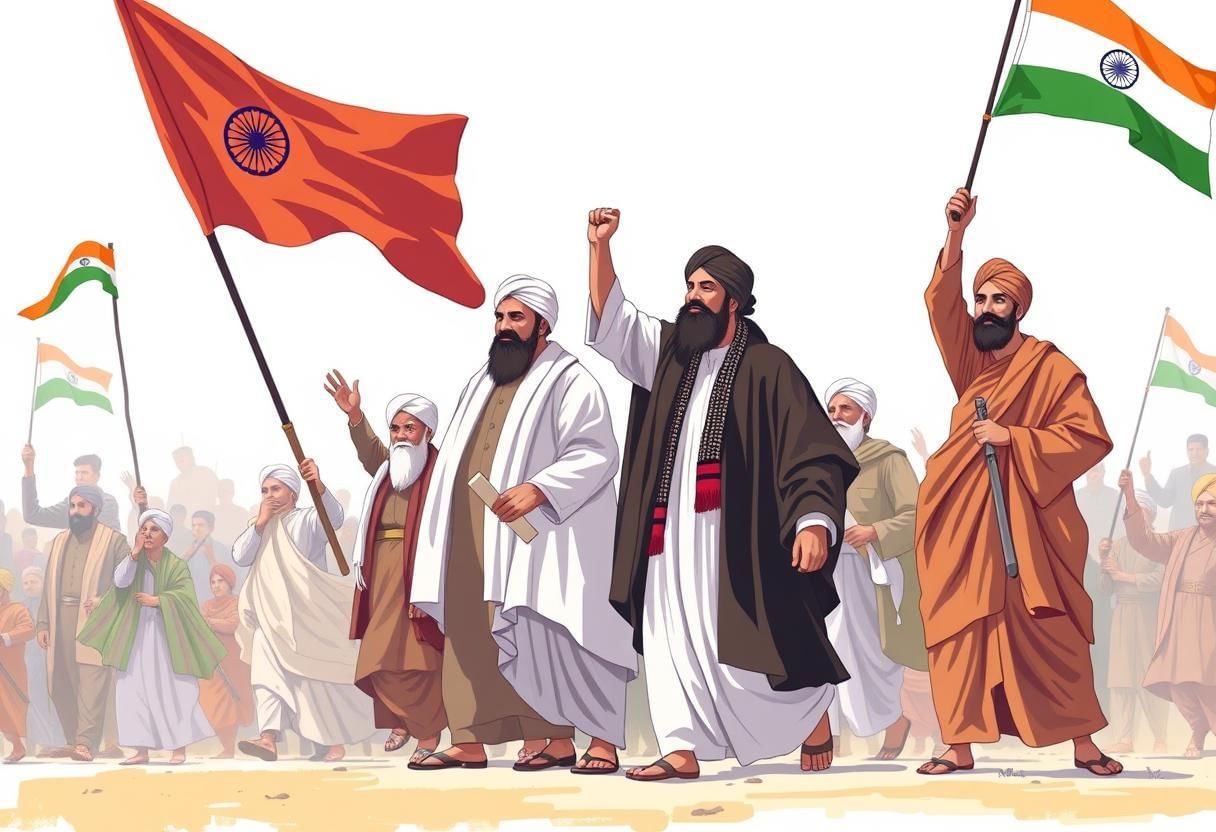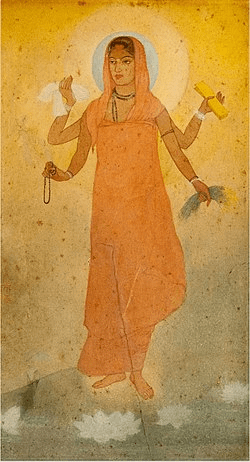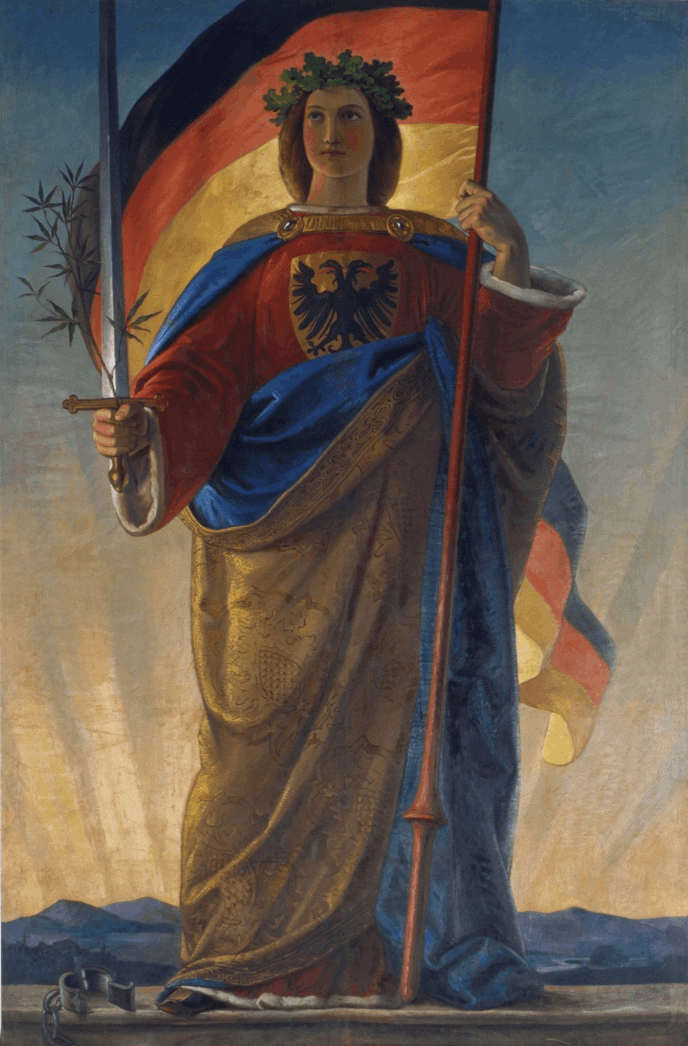Class 10 History Chapter 2 Question Answers - Nationalism in India
Q1. What what the main issue behind the Khilafat Movement? Why did Gandhiji support this?
Ans: Gandhiji's support for the Khilafat Movement was driven by his desire to broaden his Satyagraha movement. He believed that unity between Hindus and Muslims was essential for a successful national movement. The Khilafat issue presented an opportunity for this unity.
Background of the Khilafat Issue:
- The First World War severely weakened the Ottoman Empire in Turkey.
- The British had promised to treat the Khalifa, the spiritual leader of Muslims, generously but failed to fulfil this promise.
- By 1920, the British had dismantled the Turkish Empire completely.
Gandhiji's support for the Khilafat Movement helped to strengthen it. The reasons for his support included:
- The limitations of the Rowlatt Satyagraha, which was largely confined to urban areas, highlighted the need for a broader movement.
- Gandhiji aimed to unite Hindus and Muslims, believing their collaboration would enhance the nationalist movement.
- After the war, there were fears of a harsh peace treaty for Ottoman Turkey, threatening the Khalifa's powers.

Q2. Why did Gandhi choose “Non-Cooperation” as a method of fighting colonial rule? Explain his method.
Ans: The Non-Cooperation movement was initiated in 1920 and lasted for two years. Gandhi's core idea was that the British ruled India because the people cooperated with them. He believed that if Indians stopped cooperating, British rule would collapse, paving the way for Swaraj (self-rule).
The movement unfolded in several stages:
- Surrender of Titles: Indians were to give up all titles and honours granted by the British.
- Boycott of Government Services: This included civil services, police, and the army.
- Boycott of Courts and Legislative Councils: Indians refused to participate in judicial and legislative functions under British rule.
- Civil Disobedience: If the government repressed the movement, a full civil disobedience campaign would be launched.
Q3. Explain the term “Swaraj” and its changed meaning in this period.
Ans: Swaraj means "self-rule" or "self-governance." Its meaning evolved during the Indian freedom struggle:
- Original Meaning: Initially, Swaraj referred to political independence from British rule.
- Broader Meaning:Different groups interpreted Swaraj in various ways:
- For peasants, it meant lower taxes and fair treatment from landlords.
- For workers, it signified better pay and working conditions.
- For businessmen, it represented freedom from British economic control and opportunities for growth.
- Symbol of Freedom: Swaraj came to symbolise liberation from all forms of oppression, including social and economic injustices.
- Unity and Identity: It united various groups across India with a common goal, fostering a sense of national identity despite differing needs.
Overall, Swaraj transformed from a political demand into a broader concept encompassing the hopes and aspirations of many Indians.
Q4. Why did different social groups join the Non-Cooperation Movement?
Ans: Different social groups joined the Non-Cooperation Movement for various reasons, each reflecting their unique struggles:
- Middle Class in Cities: Inspired by the call for Swaraj and discontent with British rule. Students left schools, teachers resigned, and lawyers stopped working, boycotting foreign goods and government services.
- Peasants: Frustrated with high taxes and unfair land practices. Organised protests against landlords and refused to pay taxes.
- Tribal Groups: Anger over restrictions on accessing forests for traditional activities. Some resorted to violence to protest these restrictions.
- Workers: Faced low wages and poor working conditions. Boycotted foreign goods and organised strikes.
- Business Class: Wanted fewer restrictions on businesses and opposed British economic policies. Funded the movement and refused to trade in British goods.
Economic Effects: The import of foreign cloth halved from Rs 102 crore to Rs 57 crore between 1921 and 1922. Increased demand for Indian textiles as foreign cloth was boycotted. Khadi was often more expensive than mass-produced cloth, making it hard for the poor to afford. Many students and workers returned to British-run institutions due to a lack of alternatives.
Q5. Why were the hill people of Andhra aggrieved by colonial rule?
Ans: The hill people of Andhra Pradesh, particularly in the Gudem Hills, were deeply aggrieved by colonial rule due to several oppressive policies imposed by the British:
- Restrictions on Forest Access: The colonial government limited their access to forests, which hindered essential activities like grazing cattle, collecting firewood, and gathering fruits. This loss of traditional rights led to widespread discontent.
- Forced Labour (Begar): The British compelled the hill people to provide unpaid labour for road construction.
Features of the Gudem Rebellion:
- Militant Guerrilla Movement: The Gudem rebellion was a militant guerrilla movement against the British, employing hit-and-run tactics to attack police stations and government officials.
- Leadership of Alluri Sitaram Raju: The rebellion was led by Alluri Sitaram Raju, a charismatic figure who claimed to have special powers, such as making accurate predictions and surviving bullet wounds. .
- Inspiration from Non-Cooperation Movement: Although the rebellion involved armed struggle, it was inspired by Mahatma Gandhi’s Non-Cooperation Movement.
- Repression by the British: The British responded with severe repression, deploying military forces to suppress the rebellion.
 Unity for Freedom
Unity for Freedom
Q6. What is the importance of the Non-Cooperation Movement in India’s struggle for independence?
Ans: The Non-Cooperation Movement (NCM) marked the first all-India mass struggle against British rule and significantly transformed the national movement. It mobilized peasants, students, women, and the working class, bringing them into the fight for independence. The Indian National Congress (INC) evolved into a mass organization, shedding its elitist image. Fear of British rule diminished as people witnessed the British struggle against Gandhiji's leadership, emboldening Indians nationwide.
Women’s active participation in the movement also advanced social change. The movement introduced new methods like boycotts, resignations, and peaceful arrests while spreading nationalism to both urban and rural areas. Gandhiji’s call for Swaraj, defined as self-rule, inspired hope, transforming despair into excitement for freedom. The NCM unified Indians across regions, fostering a sense of pride and determination to end British rule.
Q7. How did the different social groups that participated in the Civil Disobedience Movement look at it? What was their attitude towards its aim?
Ans: Different social groups had varying perspectives on the Civil Disobedience Movement and its aims:
- Rich Peasants: Communities like the Patidars of Gujarat and the Jats of Uttar Pradesh were heavily affected by the trade depression and falling prices.
- Poor Peasants: Small tenants, who rented land from landlords, participated because they could not pay their rent due to the ongoing economic depression.
- Merchants and Industrialists: This group protested against colonial policies that hindered their businesses. T
- Industrial Workers: Workers joined the movement to advocate for better wages and working conditions.
Despite their initial enthusiasm, all four groups faced disappointment: They lost interest when the movement was suspended in 1931 without any changes to revenue rates, leading many to abstain from the resumed movement in 1932. They felt let down as the Congress did not support their 'no rent' campaigns. They grew disillusioned with the rise of militant activities and the increasing socialist influence within the Congress, which did not align with their business interests.
Q8. Compare the image of Bharat Mata with the image of Germania. Do you find any similarities? Why do you think these images of Bharat Mata will not appeal to all castes and communities?

Ans: Bharat Mata
- The image of Bharat Mata was created by Abanindranath Tagore and represents India.
- She is depicted as an ascetic figure, symbolising calmness, spirituality, and divinity.
- In various portrayals, she embodies learning, food, and clothing, with a mala that highlights her aesthetic quality.
- Some images include symbols of power such as a trishul, lion, and elephant.
Germania
- The image of Germania was painted by Philip Veit, representing Germany.
- Initially depicted holding a sword in a feminine manner, she later was redrawn by Lorenz Clasen, wielding a sword and shield.
- Germania embodies the strength of the German Empire.
- While both images serve as national symbols, they may not appeal to all castes and communities due to:

|
66 videos|632 docs|79 tests
|
FAQs on Class 10 History Chapter 2 Question Answers - Nationalism in India
| 1. राष्ट्रीयता क्या है और यह भारतीय स्वतंत्रता संग्राम में कैसे महत्वपूर्ण थी ? |  |
| 2. महात्मा गांधी ने भारतीय राष्ट्रीयता को कैसे प्रभावित किया ? |  |
| 3. भारतीय राष्ट्रीय कांग्रेस की भूमिका क्या थी ? |  |
| 4. विभाजन के समय भारतीय राष्ट्रीयता पर क्या प्रभाव पड़ा ? |  |
| 5. स्वतंत्रता संग्राम के दौरान महिलाओं की भूमिका क्या थी ? |  |

















